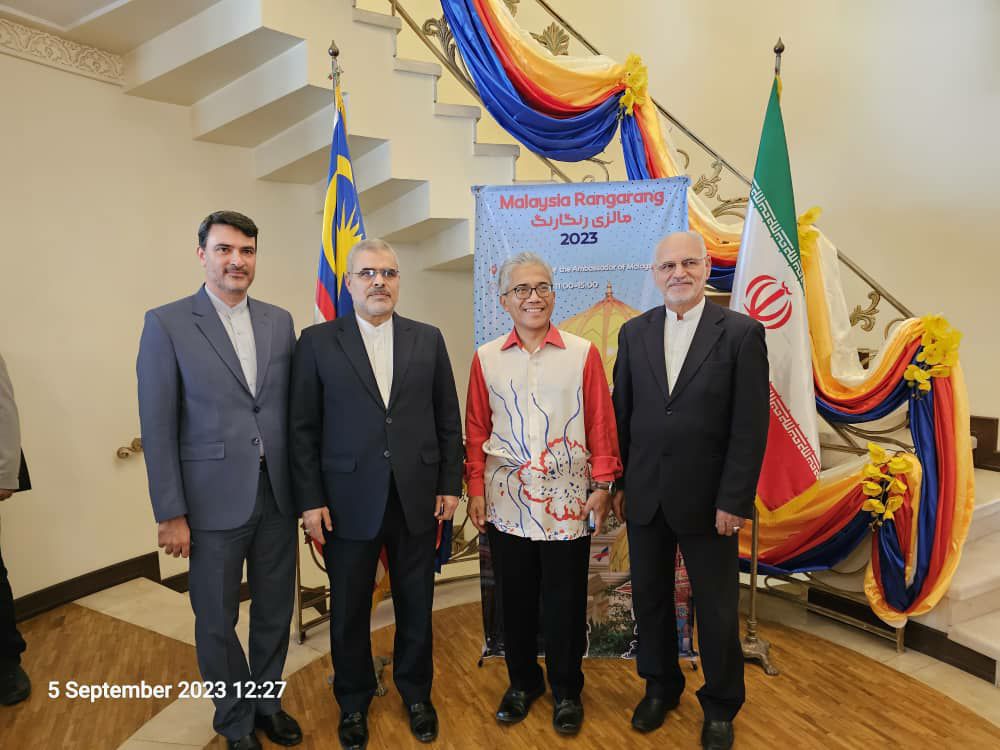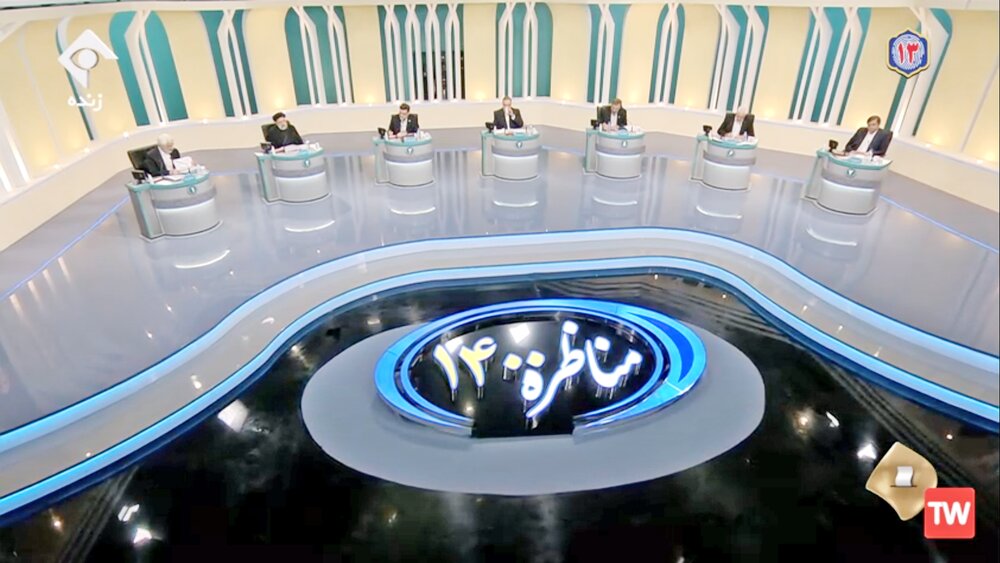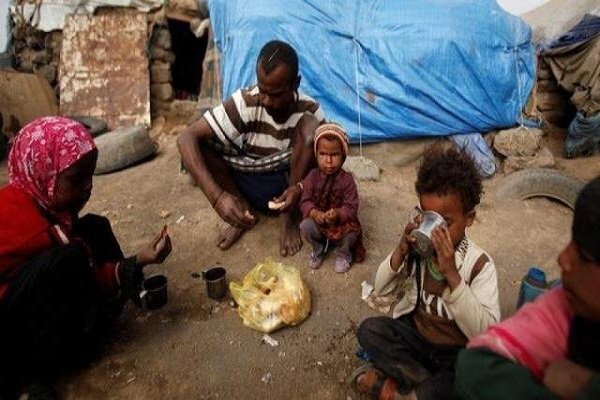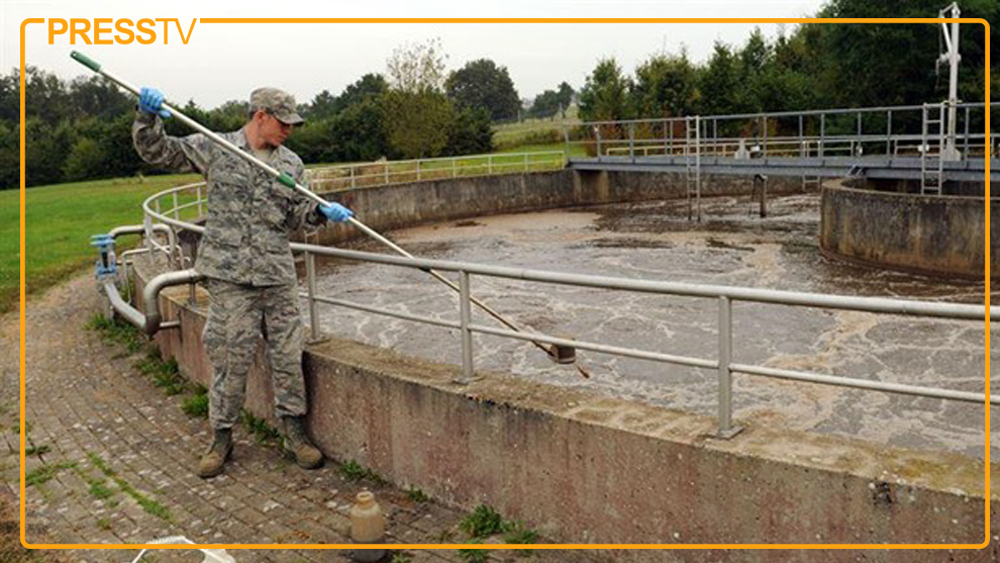World Bank Revises Growth Outlook for Iran and the Middle East
TEHRAN (Iran News) In its latest report released on Tuesday, the Washington-based lender projected that gross domestic product (GDP) growth for the Middle East, North Africa, Afghanistan, and Pakistan (MENAAP) region will reach 2.8% in 2024, up from the 2.6% growth rate it forecast in April. The bank attributed this modest upgrade largely to the faster-than-anticipated easing of oil production limits in Gulf countries and to the ongoing expansion of non-oil sectors such as trade, construction, and services.
The report highlighted that the outlook for oil-importing nations in the region has also brightened. Improved private consumption, stronger investment flows, and better performance in agriculture and tourism have driven this positive shift.
However, the World Bank cautioned that the picture is far less optimistic for developing oil-exporting countries, many of which continue to grapple with geopolitical tensions and volatility in oil production levels. These factors are expected to weigh heavily on growth in the year ahead.
Iran’s economy, in particular, faces renewed challenges. While the bank had forecast modest growth for the country in its April outlook, the new report predicts a slowdown in Iran’s GDP, pointing to the continued impact of international sanctions on both oil and non-oil exports. These restrictions, the report said, are curbing Iran’s ability to benefit fully from recent regional improvements.
The broader region remains deeply affected by ongoing conflicts in Syria, Yemen, Lebanon, the West Bank and Gaza, as well as Afghanistan. The World Bank noted that these crises have led to severe humanitarian emergencies, mass displacement, and sharp economic contractions in the affected countries.
“Neighboring nations are also bearing the brunt of these conflicts,” the report said, citing economic disruptions, refugee inflows, and heightened insecurity as major spillover effects. These challenges, it added, continue to pose risks to stability and growth across the region.
The new assessment underscores the uneven nature of the region’s economic recovery. While energy-rich Persian Gulf states are benefiting from higher oil output and diversification efforts, and some oil-importing economies are regaining momentum through domestic reforms and revived tourism, the combination of geopolitical instability, refugee pressures, and sanctions continues to limit the region’s overall growth potential.
The report offers a mixed picture: a cautiously brighter short-term outlook for the region as a whole, but persistent structural and political headwinds that continue to weigh on the prospects of key economies, including Iran.
- source : IRAN NEWS ECONOMIC DESK






























